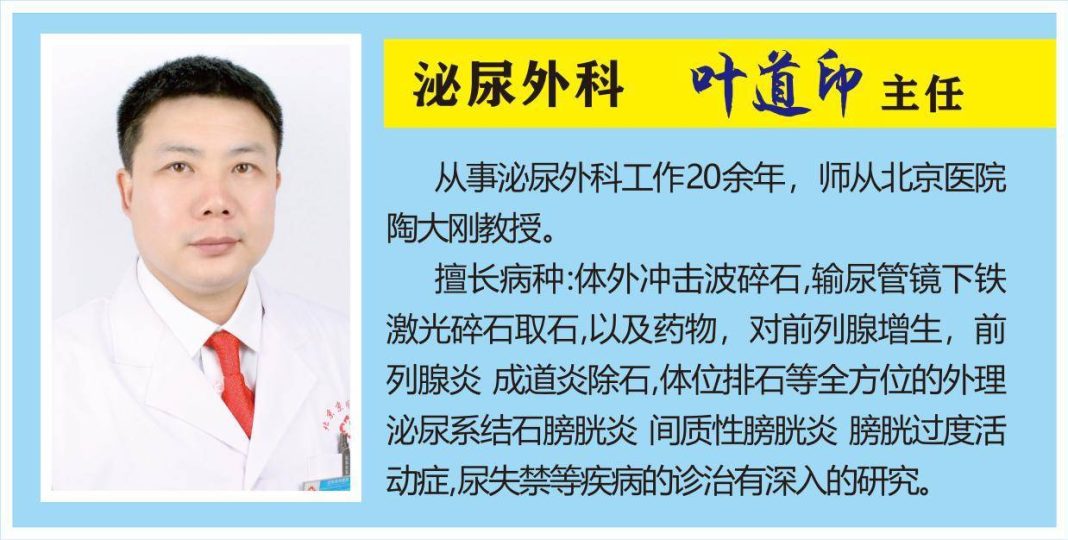This summer, undergoing circumcision surgery seems to have become a “popular” operation. To cut or not to cut? Some parents are not very familiar with the dangers of foreskin redundancy and phimosis. They feel that they were not circumcised when they were young and did not encounter any problems. However, upon seeing other children getting circumcised, they feel tempted. Should the foreskin be cut? Let’s hear what Director Ye Daoyin has to say.
1. What are the harms of phimosis and foreskin redundancy?
Firstly, due to the narrow opening of the foreskin, phimosis can lead to abnormal urination, urinary retention, sexual difficulties in adulthood, affecting sexual health. Secondly, foreskin redundancy and phimosis can easily lead to the formation and accumulation of smegma, harboring various bacteria, viruses, especially diseases transmitted through sexual intercourse, such as HIV/AIDS, which are particularly crucial for men with multiple sexual partners. Thirdly, research indicates that smegma and repeated inflammatory stimulation are carcinogenic factors, leading to penile cancer and cervical cancer in partners. Fourthly, long-term wrapping can lead to increased sensitivity of the glans, potentially causing premature ejaculation in adulthood.
2. When is surgery needed?
(1) Generally, before the age of 3, it is mostly physiological phimosis, not recommended for surgical treatment. True phimosis in preschool and beyond, especially in cases of recurrent balanitis or balanoposthitis, surgical intervention is recommended;
(2) Though it can be retracted, if there is a clearly visible narrow ring, it may lead to paraphimosis;
(3) Recurrent balanitis, balanoposthitis leading to varying degrees of adhesion between the inner foreskin and glans, or secondary phimosis;
(4) Recurrent balanoposthitis, even urinary tract infection, immediate surgery is needed regardless of age;
(5) Cases of prior paraphimosis should undergo surgery promptly;
(6) Chronic inflammatory thickening of the foreskin, which causes fissures during penile erection, affecting sexual intercourse, or with a tendency for paraphimosis;
(7) Those requesting surgery for cosmetic, religious reasons, etc.
Currently, the surgical indications for circumcision are significantly broadened. Surgery can be considered as long as the glans does not protrude when flaccid.
3. Which surgical method is suitable for circumcision?
There are various surgical methods for circumcision, but overall, regardless of the method, the principle is to perform a circular excision of the foreskin, mainly differing in the tools and techniques for circular excision. Traditional circumcision mainly relies on doctors using hands and sutures to complete the procedure, with the main advantage being strong controllability. However, the surgery generally takes a longer time, around half an hour, with more bleeding, demanding high technical skills from the doctor, requiring a very experienced doctor to achieve a neat and aesthetically pleasing circumcision.
The one-time use of a circumcision stapler involves surgery using a disposable circumcision stapler, leading to less bleeding, faster surgery, typically completing the operation in 5-10 minutes, with a shorter duration of postoperative pain. Currently, this method is generally recommended for surgery.
If you are still unsure whether to have your child undergo circumcision, consider coming to see Dr. Ye Daoyin at the Jing Shun Urology Department first.


